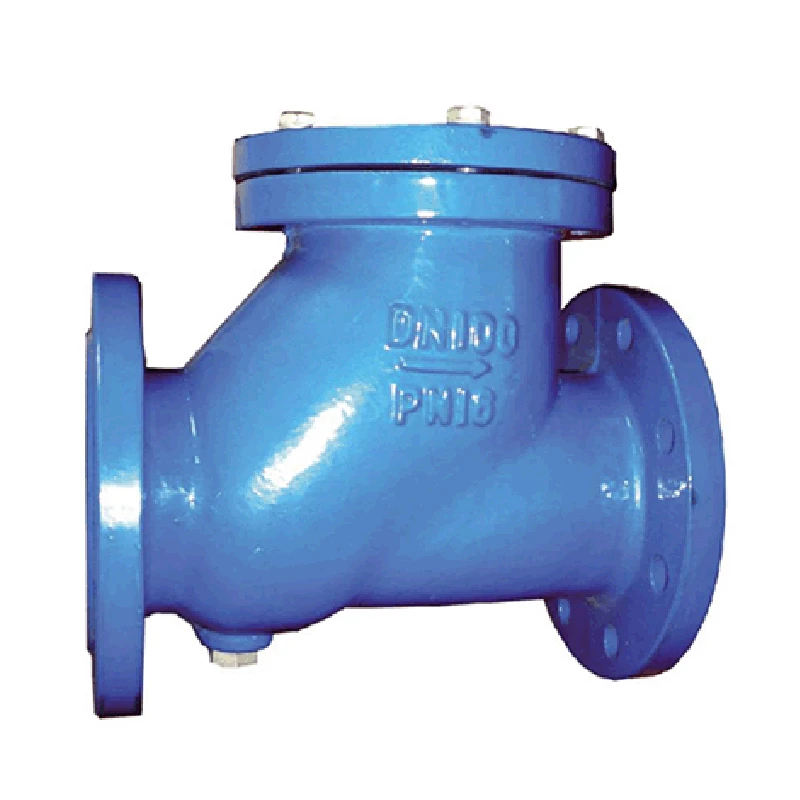9 月 . 15, 2024 13:52 Back to list
ci flanged ball valve
CI Flanged Ball Valve An Overview
In the realm of industrial fluid control and management, CI flanged ball valves have become a crucial component for numerous applications. CI, or Cast Iron, flanged ball valves are favored for their durability, ease of operation, and effectiveness in regulating flow. This article aims to provide a comprehensive overview of CI flanged ball valves, their construction, applications, and benefits.
Construction and Design
The CI flanged ball valve features a robust design, typically composed of a cast iron body that ensures high strength and resistance to corrosion. The valve comprises several critical components the body, the ball, the seat, and the handle. The ball, which can be made of materials such as brass or stainless steel, is the core function of the valve. It has a hole through its center that, when aligned with the flow direction, allows fluid to pass through. Conversely, when the ball is rotated 90 degrees, the hole is perpendicular to the flow path, effectively shutting off the flow.
The flanged design means that the valve has flanges on both ends, allowing it to be securely bolted to pipelines. This feature not only simplifies installation but also provides a strong, leak-proof connection that can withstand significant pressure and temperature variations.
Applications
CI flanged ball valves are widely used across various industries, such as water treatment, petrochemical processing, HVAC systems, and manufacturing. Their ability to handle a broad range of temperatures and pressures makes them suitable for both liquid and gas applications. In particular, their use in water supply systems is prevalent, as they offer reliable shut-off capabilities that prevent leaks and maintain system integrity.
Additionally, these valves are often found in fire protection systems, oil and gas applications, and food processing plants, where they help manage the flow of liquids safely and efficiently.
ci flanged ball valve

Benefits
2. Ease of Operation The quarter-turn operation of ball valves allows for quick and straightforward control of fluid flow. This user-friendly feature is essential for operators who require immediate response in critical situations.
3. Minimal Pressure Drop The design of the ball valve allows for a smooth, unrestricted flow path, minimizing pressure drop and ensuring efficient system performance.
4. Versatility The ability to handle various fluids and gases makes CI flanged ball valves versatile for numerous applications, accommodating the diverse needs of different industries.
5. Maintenance CI flanged ball valves require minimal maintenance, primarily due to their robust construction and simple design. Regular inspections and timely repairs can ensure their optimal functionality.
In conclusion, CI flanged ball valves are an essential component in the fluid control sector, thanks to their durability, operational efficiency, and versatility. Their ability to provide secure, leak-free connections in various applications makes them a preferred choice among engineers and operators alike. As industries continue to evolve, the demand for reliable and efficient fluid control solutions, such as CI flanged ball valves, will remain significant, highlighting the importance of these mechanical components in modern infrastructure.
Share
-
Understanding the Differences Between Wafer Type Butterfly Valve and Lugged Butterfly ValveNewsOct.25,2024
-
The Efficiency of Wafer Type Butterfly Valve and Lugged Butterfly ValveNewsOct.25,2024
-
The Ultimate Guide to Industrial Swing Check Valve: Performance, Installation, and MaintenanceNewsOct.25,2024
-
Superior Performance with Industrial Swing Check Valve: The Essential Valve for Any SystemNewsOct.25,2024
-
Industrial Swing Check Valve: The Ideal Solution for Flow ControlNewsOct.25,2024
-
You Need to Know About Industrial Swing Check Valve: Functionality, Scope, and PerformanceNewsOct.25,2024